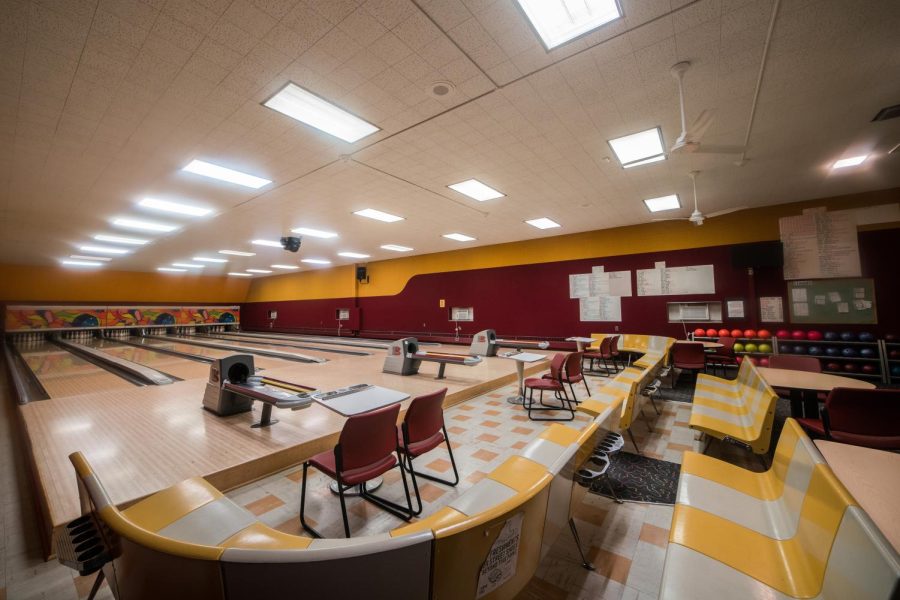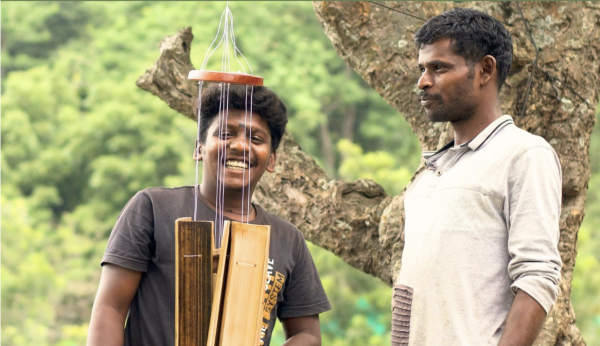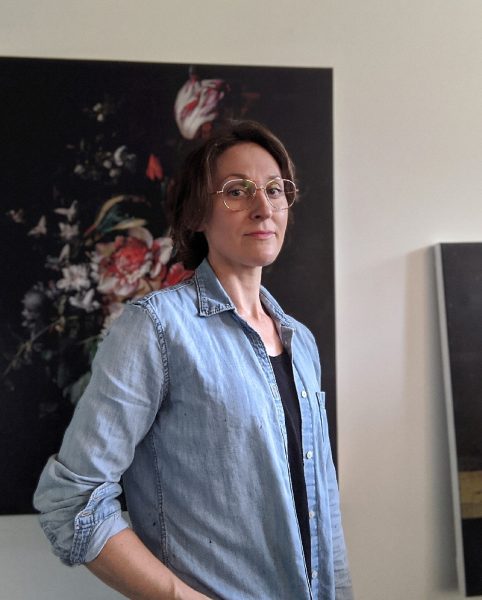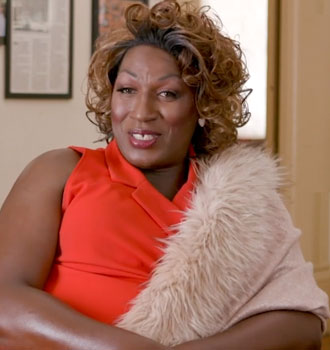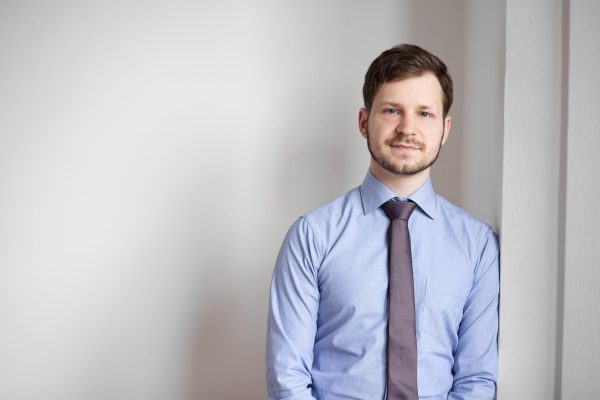OTR: Lola Lorber
Oberlin College Lanes served as the set for Lorber’s short film.
Lola Lorber, OC ’13, created a film on the Oberlin College Lanes during her senior year, titled Love of the Lanes. combining personal essay and documentary. The film explores the camaraderie built through bowling and the joys of having space for the College and community to come together at the campus lanes.
This interview has been edited for length and clarity.
How did you end up getting into bowling?
I grew up in New York City and I would go bowling occasionally with my dad. We went to bowling alleys at Chelsea Piers — there was this fun place called Bowlmor Lanes in Union Square, and it was definitely something that I enjoyed doing with my dad, but I didn’t really have much of a relationship to it. I saw the bowling alley when I first toured and was like, “This is so cool.”
When you came to Oberlin, what was your relationship with the bowling alleys? How did you end up getting involved?
I first went to the bowling alley my first year, some time in 2009. I went on a kind of friend-date. This guy I sort of knew from New York was like, “I’ll show you around,” and he took me bowling and said, “You should really sign up for Bowling I. It’s a really fun class and you’ll improve your bowling, but also the teacher is just someone you really need to meet.” So I signed up for it first semester of my first year. I don’t think I started working there until my second year.
Can you tell me about your experience working at the Lanes?
I really was completely mesmerized by Tom Reid. He was the head of the Student Union and he ran the Cat in the Cream and Wilder and the bowling alley. He’s an incredible bowler. Everything he does is grounded in mindfulness and patience. His whole approach to bowling is his approach to life and his approach to life is his approach to bowling, and I was obsessed with that. Even though I never became that good of a bowler — I had some high scores that I’m proud of, but I didn’t really ever get that good — I just loved the community that was formed around the lanes.
I met so many interesting people at the lanes that I would not have met in any other circumstance, I wouldn’t have formed a close relationship or performed with in any other circumstance and I thought the creation of those relationships was so beautiful. I feel like everyone that goes to Oberlin has a certain flavor of weird or quirk. I stuck with my crew and wouldn’t always mingle with a different flavor, but at the bowling alley, everyone was a freak and fun and would just get together and support each other. I just had never really understood the concept of sports and teammates, but you really are just cheering everyone on and you get so excited if someone else gets a strike, even if it’s not your team. The sounds, and the visuals, and the pins — how could you not make a movie about that?
I definitely see all that love for the alleys coming through in the film – can you walk me through your creative process when you were shooting it?
Well, I’m a huge fan of mockumentaries, but I wanted it to be true, I didn’t want it to be made up. I wanted to highlight the characters that are real people. I also heard these stories about people falling in love at the Oberlin bowling alley. A professor met her husband at a bowling alley. All these people are falling in love at bowling alleys. I had heard, like, four stories in the last two months, I knew I wanted that to be the through line.
I wanted it to be kind of a personal narrative about my experience of wanting just to spend all day spraying the shoes. There was something spiritual about having these routines.
I knew that I wanted myself to be in it and a part of it because it was sort of a personal essay. At some point, in one of our film classes we had to use 16-millimeter film and I wanted to include some kind of true film aspect, and what’s cooler than the pinsetter machines? I was really excited to have that footage of the pinsetters and the end when I birth the bowling ball. I was in the Big Parade, and Laura, who runs the Big Parade, helped me build a life-size bowling pin. I knew that I wanted to have interviews with real people. My second year, I took an advanced documentary class with Professor of Cinema Studies and English Geoff Pingree. I had taken this life-changing documentary class, and it was super influential in why I wanted to have my film be semi-scripted, semi-interview-based. He guided me through the process and helped me find the story. Everything just kind of fell together. I had all of these pieces and then I sat down, and I think I even wrote it out on cards and tried to do a puzzle of what makes the most sense. Like, love of the lanes is the through line — should there be a marriage? Should I marry a bowling pin? Should Tom Reid be a minister?
Can you tell me a bit about your career after Oberlin?
I almost minored in Gender, Sexuality, and Feminist Studies. I was just two credits away from that as a minor, and I’ve always been passionate about birth and newborn care. One of my jobs early out of college was assisting Abby Epstein and Ricky Lake, who are documentary filmmakers, in The Business of Being Born. When we were shooting interviews with different people, endocrinologists and acupuncturists and midwives and reproductive rights experts, that’s when I met a bunch of doulas and realized I want to be supporting people through birth. At first I thought it was gonna be a side thing and then I just started taking more and more classes. But it got complicated with the pandemic — and even before that it was hard to make a living. I felt the more I increased my rates, the more I was working with upper-class white people. Of course everyone needs care, but I want to be serving demographics that really need support. I couldn’t take on volunteer births unless I was charging even more for others. I worked at a fertility benefits company and now I am head of brand and partnerships at a period and moon tracking app. I do feel like I’m in the perfect place with my career because I’m using creativity and my passion for reproductive health.


